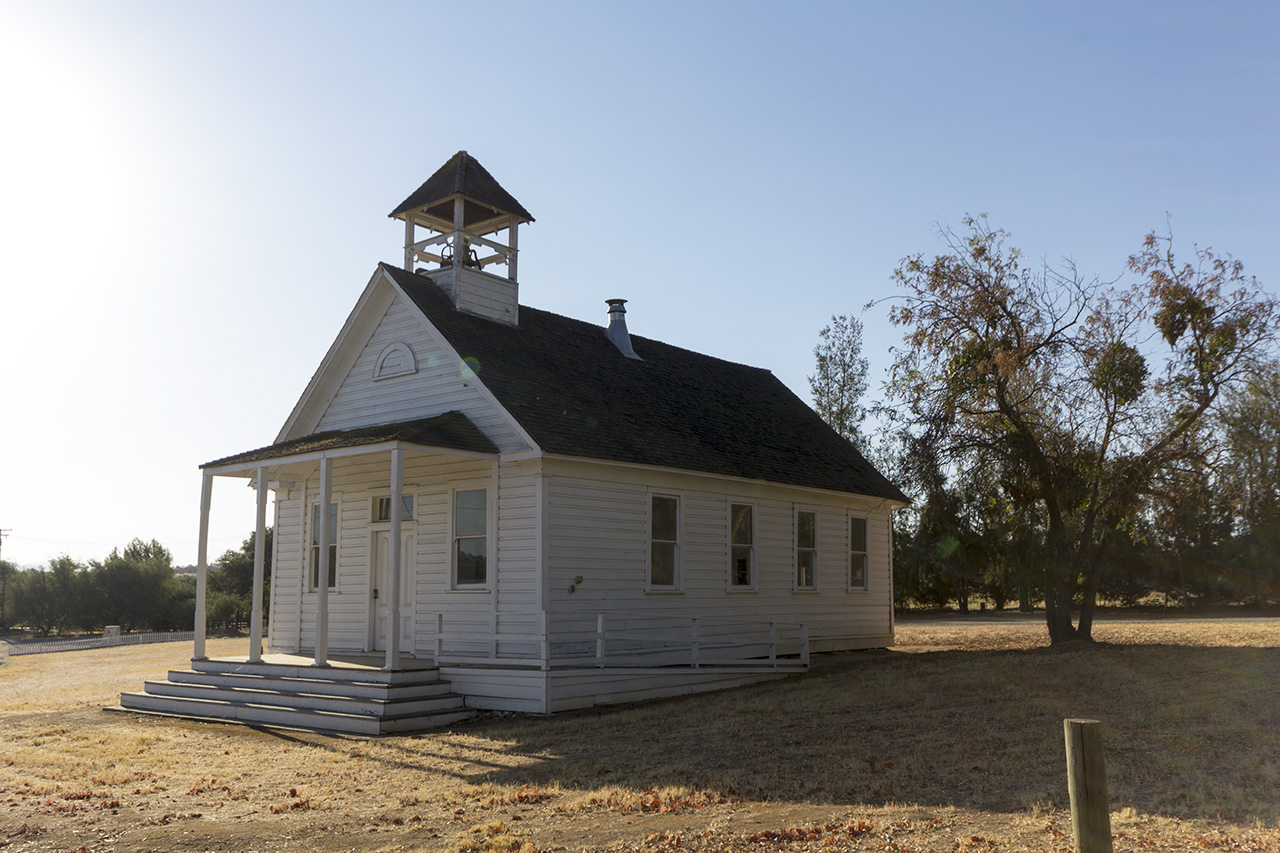La Grange, California on:
[Wikipedia]
[Google]
[Amazon]

 La Grange is a small
La Grange is a small
The California Gold Country: Highway 49 Revisited
Accessed 2009-05-02. La Grange became the

 La Grange is a small
La Grange is a small unincorporated community
An unincorporated area is a region that is not governed by a local municipal corporation. Widespread unincorporated communities and areas are a distinguishing feature of the United States and Canada. Most other countries of the world either have ...
in rural Stanislaus County, California
California is a state in the Western United States, located along the Pacific Coast. With nearly 39.2million residents across a total area of approximately , it is the most populous U.S. state and the 3rd largest by area. It is also the m ...
. Its altitude is 249 feet (76 m). As of 2008 it has a population of 345. It is located at (37.6635433, -120.4635289) along the Tuolumne River
The Tuolumne River (Yokutsan: ''Tawalimnu'') flows for through Central California, from the high Sierra Nevada to join the San Joaquin River in the Central Valley. Originating at over above sea level in Yosemite National Park, the Tuolumne ...
, and is near the La Grange Dam and the New Don Pedro Dam
New Don Pedro Dam, often known simply as Don Pedro Dam, is an earthen embankment dam across the Tuolumne River, about northeast of La Grange, in Tuolumne County, California. The dam was completed in 1971, after four years of construction, to ...
.
History
The name is French and means "the barn" or "the farm". The community and a French settlement nearby were also called "French Bar". The community was founded in 1852 around the same time French miners struck gold on a bar in theTuolumne River
The Tuolumne River (Yokutsan: ''Tawalimnu'') flows for through Central California, from the high Sierra Nevada to join the San Joaquin River in the Central Valley. Originating at over above sea level in Yosemite National Park, the Tuolumne ...
. By 1854, there were over 100 buildings in La Grange.Koeppel, Elliot The California Gold Country: Highway 49 Revisited
Accessed 2009-05-02. La Grange became the
county seat
A county seat is an administrative center, seat of government, or capital city of a county or civil parish. The term is in use in Canada, China, Hungary, Romania, Taiwan, and the United States. The equivalent term shire town is used in the US st ...
of Stanislaus County in 1856. Aside from its French population, the community included a significant Chinatown in its early years. At its height, the community had thousands of residents, but it was a largely lawless town. It was in decline by the time that Knights Ferry became the county seat, as the gold mines were in decline. By 1880, mining had ceased. The La Grange area also included many gold dredgers that operated until the early 1950s.
On June 3, 1869, John Muir departed Legrange (French Bar) with a sheep herder and a flock of sheep and headed for the headwaters of the Merced and Tuolumne rivers. Muir writes famously of this in his book “My First Summer in the Sierra”. In chapter one, Muir describes leaving French Bar and moving with the flock into the hills near Coulterville. He writes, “This morning provisions, camp-kettles, blankets, plant-press, etc., were packed on two horses, the flock headed for the tawny foothills, and away we sauntered in a cloud of dust: Mr. Delaney, bony and tall, with sharply hacked profile like Don Quixote, leading the pack-horses, Billy, the proud shepherd, a Chinaman and a Digger Indian to assist in driving for the first few days in the brushy foothills, and myself with notebook tied to my belt. The home ranch from which we set out is on the south side of the Tuolumne River near French Bar, where the foothills of metamorphic gold-bearing slates dip below the stratified deposits of the Central Valley”. In many ways, this experience moves him so much that he writes eloquently of the Yosemite area. His books are read by Americans including President Theodore Roosevelt. Muir becomes the face of a new conservation movement to save Yosemite and create Yosemite National Park. “My First Summer In The Sierra”, by John Muir - HOUGHTON MIFFLIN COMPANY 1917
Historic district
La Grange is now a registeredCalifornia Historical Landmark
A California Historical Landmark (CHL) is a building, structure, site, or place in California that has been determined to have statewide historical landmark significance.
Criteria
Historical significance is determined by meeting at least one of ...
historic district. Today, a post office, a supermarket, an elementary school (as of fall, 2015, after a brief stint as a charter school, the public school was closed), and a high school (Don Pedro High School) still operate in La Grange. Also functioning is the oldest church in Stanislaus County, St. Louis Roman Catholic Church, with a cemetery containing tombstones dating to the mid-1800s.
See also
* California Historical Landmarks in Stanislaus County, California * Modesto metropolitan areaNotes
External links
{{authority control Unincorporated communities in Stanislaus County, California Historic districts in California Populated places established in 1852 California Historical Landmarks Unincorporated communities in California 1852 establishments in California